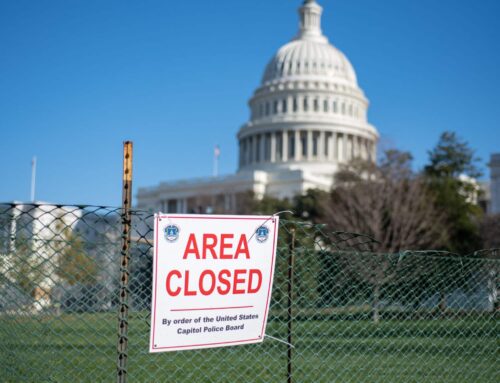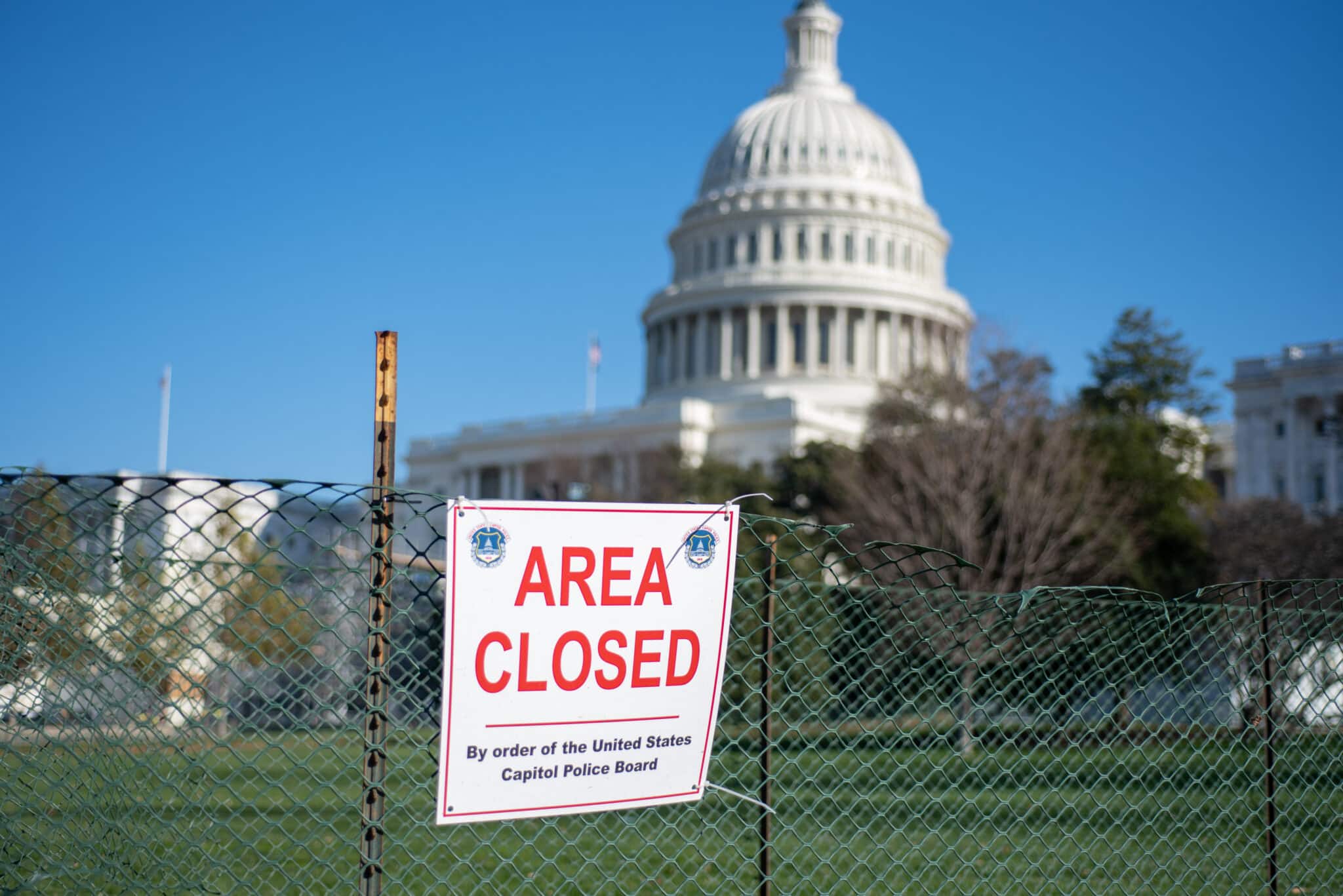 The deal struck by the White House and congressional leaders to raise the debt limit and set the federal budget for the next two years is a positive step in the sense that it is better than a default or a government shutdown. But it serves as the most recent example, as if we needed one, of how poorly Congress now manages the budgeting process.
The deal struck by the White House and congressional leaders to raise the debt limit and set the federal budget for the next two years is a positive step in the sense that it is better than a default or a government shutdown. But it serves as the most recent example, as if we needed one, of how poorly Congress now manages the budgeting process.
Before getting into the details, let’s revisit, once again, how we got here. In 2011, Congress passed the Budget Control Act, which tasked a “super committee” to come up with at least $1.2 trillion in deficit reduction over the next 10 years. When that committee failed to come up with a dime of savings, spending for fiscal year 2013 was cut across-the-board through the sequester (with some modifications to ease the hit). This also set discretionary spending caps through fiscal year 2021. A year later, seeking to ease the spending caps once again, Congress adopted the Bipartisan Budget Agreement (better known as the Ryan-Murray deal) which increased the spending caps for two years, included some offsets and kicked a bunch of the savings down the road. And now, once again, we’re looking at a two-year deal that increases spending levels and kicks the idea of deficit reduction down the road again.
This year’s new agreement would increase spending caps for defense and nondefense programs by $25 billion each in fiscal year 2016, and $15 billion each in fiscal year 2017. An additional $73.7 billion is available each of the next two years through the slush fund known as the Overseas Contingency Operations fund. Spending on defense programs gets “not less than” $58.7 billion for each of the next two years and the agreement more than doubles the amount requested for the State Department this year to roughly $15 billion, keeping it at that level next year. In total, the deal represents an additional $112 billion above Budget Control Act levels over the next two years.
As far as pay-fors, they are varied and many have not been scored. There is improved federal debt collection – Uncle Sam gets to call your cell phone (be careful, the National Security Agency may be listening) to collect on unpaid debts. The portion of the new spending that is offset will be paid for in-part by auctioning off portions of government owned broadcast spectrum and selling millions of barrels of crude oil from the Strategic Petroleum Reserve. Both of these options stink.
First of all, just grabbing for new sources of cash to cover new spending doesn’t make for better budgeting – no hard choices, no prioritization – just bigger budgeting. What’s more, the sale of 58 million barrels of oil from the Strategic Reserve when the price for oil is stuck in an 18 month slump is just plain stupid – and money losing, at that. Oil is currently trading at less than $44 a barrel. The Energy Department says the U.S. paid about $29.70 a barrel for the oil, but private analysts put the cost at $74 per barrel after accounting for inflation. Buy high, sell low is almost never the best fiscal policy.
The bill also calls for the renegotiation of the Standard Reinsurance Agreement for crop insurance by the end of 2016, and every five years thereafter. For the lucky few who are uninitiated to farm programs, crop insurance is a federally subsidized program where taxpayers insure revenue for farmers through policies sold and administered by private sector companies. It also cuts the rate of return for the companies from 14.5 percent to 8.9 percent. In the farm bill, any savings from renegotiating the terms of this program were required to be plowed back into the program, and this appears to undo that restriction. (The last time it was renegotiated it resulted in $6 billion in savings over 10 years.)
On the Social Security Disability Insurance trust fund, it seems both sides got a bit of what they wanted. House Republicans wanted to force reforms. The president wanted to use Old Age and Survivors Insurance trust fund revenues to shore up the Disability Insurance trust fund. In the end there was some of both. There weren’t big structural reforms, but the program got some breathing room. In other words, this was more than kicking the can down the road, but less than what is needed to make the program sound long term.
On Medicare, the biggest thing was smoothing out the premium hit that some Medicare beneficiaries would be facing. Their premiums are held down, but there is a surcharge to pay back the loan. We’ll see on that.
And then there’s the Overseas Contingency Operations fund. It is tempting to say that this one account represents everything that is wrong with congressional budgeting, but with so much wrong with the budget process, that almost seems unfair. Funding for this “contingency” fund is “off-budget,” so it is by definition deficit spending – for loosely defined, continuously changing military needs. It was originally intended to be a relatively small line item in the Pentagon budget to fund emerging requirements, like the wars in Iraq and Afghanistan. But, not surprisingly, in the world of budget caps, it has become the Pentagon’s slush fund for just about anything. Last year, the Marine Corps wanted to buy F-35s to replace some Harrier jets using these funds. More money for the Pentagon’s slush fund is not a scenario that will help the Pentagon make smart decisions.
In the final analysis, there’s not much to love in this deal. It uses cash-grab gimmicks like the oil sale to generate revenue to pay for more spending, rather than making hard choices, prioritizing, or cutting wasteful spending. We need our leaders to roll up their sleeves, look past the short-term deals and start dealing with the fundamental fiscal problems we’ve talked about as a country for years.










